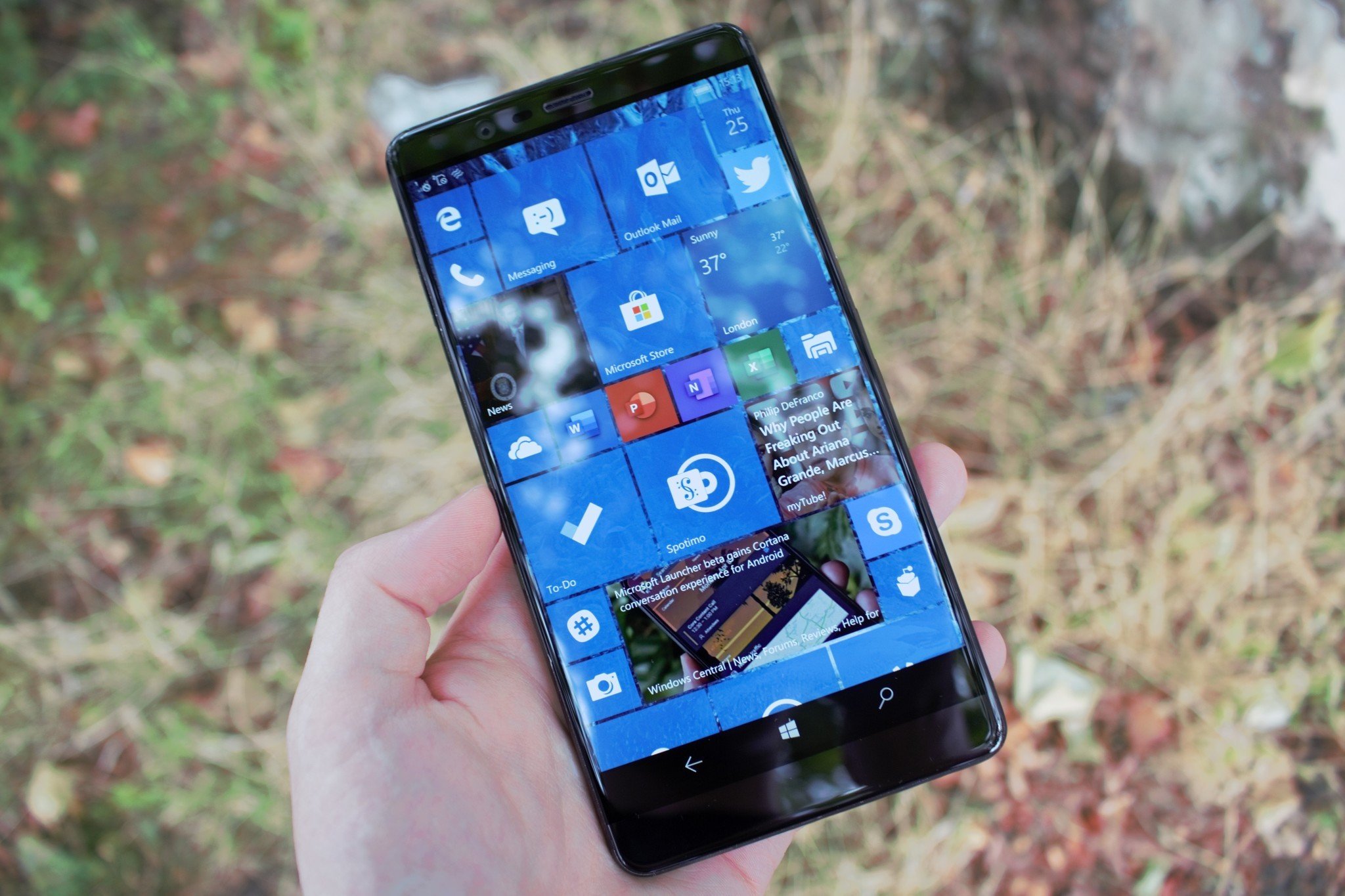The HP Elite x3 is considered by many to be the ultimate Windows Phone. It was undoubtedly the most powerful, with the best screen and longest battery life, but with a weak camera for a flagship. The Elite x3 was a smartphone built with the enterprise in mind, featuring an expensive desktop dock in the box, enterprise-grade software such as the HP Workspace, and an entire ecosystem of accessories for all kinds of workers.
Because of this, the HP Elite x3 was priced rather high. Launching in 2016 for $800, it was too expensive for your average consumer. The HP Elite x3 wasn't the only Windows 10 Mobile handset the company was working on, however, with plans to launch a more consumer-focused variant a year later. Known as the HP Pro x3, this handset was designed to be more approachable thanks to a lower price tag, more premium build, and many of the enterprise-grade additions removed. But it never reached the market. (More on why coming up.)
HP Pro x3 tech specs
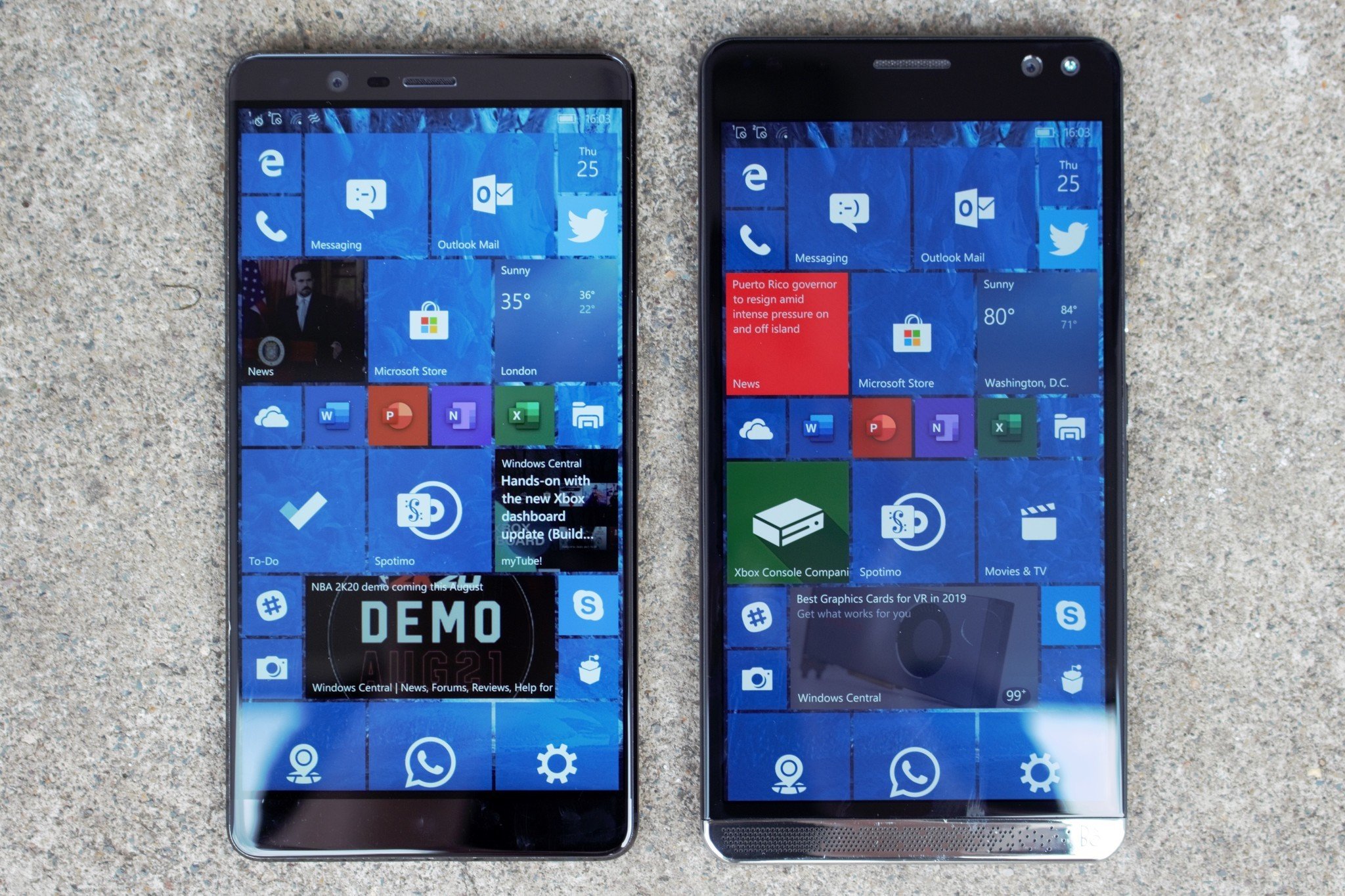
| Category | HP Pro x3 | HP Elite x3 |
|---|---|---|
| Operating system | Windows 10 Mobile | Windows 10 Mobile |
| Display | 5.99 inches1080x1920 (368 ppi) resolution | 5.96 inches1440x2560 (492 ppi) resolution |
| Processor | Qualcomm Snapdragon 820 | Qualcomm Snapdragon 820 |
| Graphics | Adreno 530 | Adreno 530 |
| Memory | 4GB RAM | 4GB RAM |
| Storage | 32GB | 64GB |
| Expandable storage | Yes | Yes |
| Rear camera | 15.9MP | 15.9MP |
| Front camera | 12MP | 12MP |
| Security | Iris/Fingerprint | Iris/Fingerprint |
| Battery | Unknown | 4150mAh |
Specs-wise, the HP Pro x3 was just as much of a flagship as the Elite x3. The only downgrades here are with the display resolution, internal storage, speakers, and battery capacity, but not by much. Either way, battery life is excellent, thanks to the lower-resolution screen.
About that display ... it's still great. It's not as sharp as the Elite x3 when compared side-by-side, and colors don't pop as much, but this would have been more than fine for most people. Just like how the iPhone XR display is fine for most people, even with the iPhone XS having a better screen.
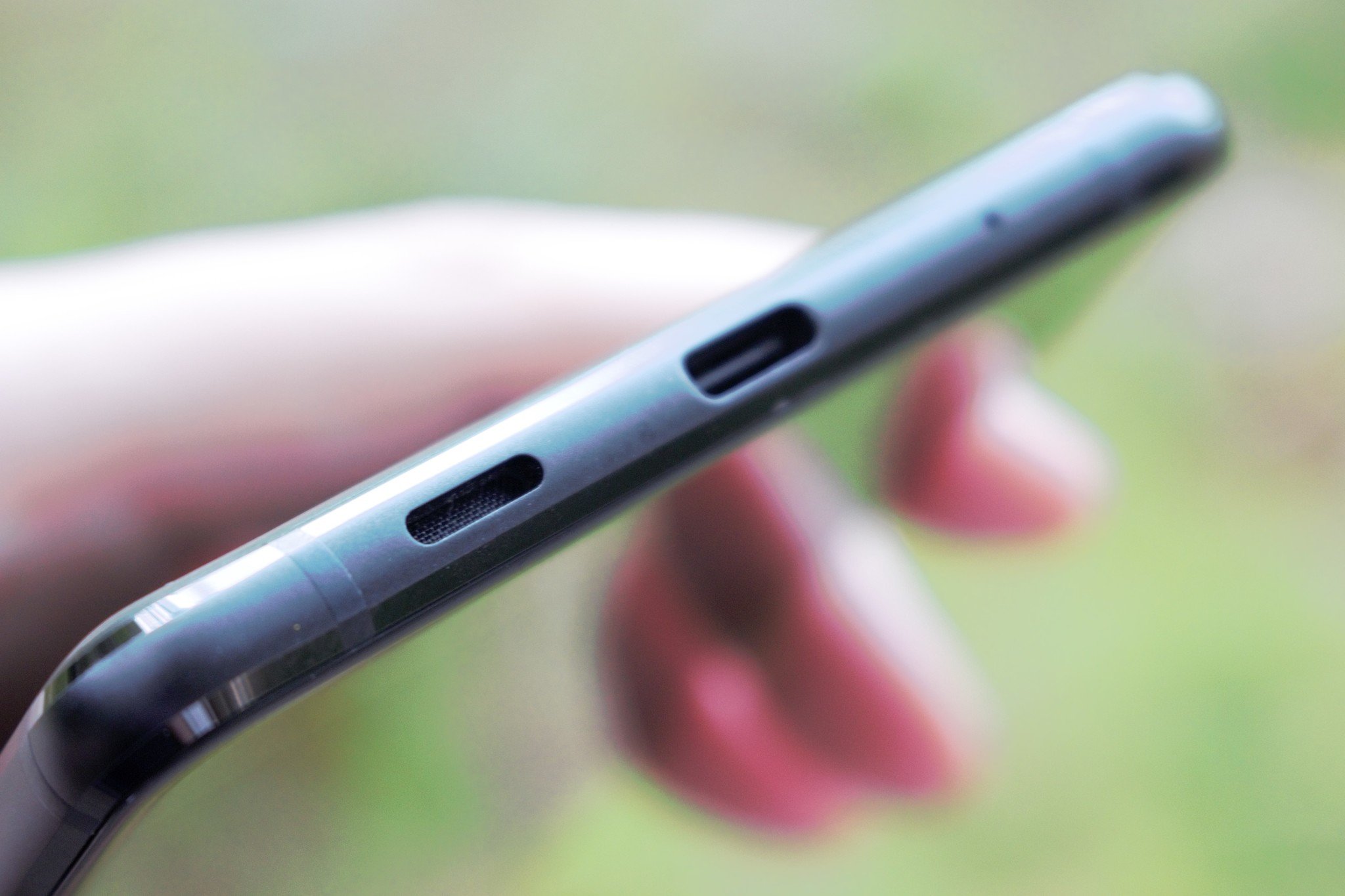
Other differences with the HP Pro x3 that stand out compared to the Elite x3 include the positioning of the speakers. It's been downgraded to a single-firing down-facing speaker. It's OK, but it doesn't hold a candle to the front-facing B&O tuned speakers on the Elite x3. Around the back, the five-pins designed for external enterprise-grade accessories has been removed, meaning it wouldn't support any specific accessories that required those pins. It would have still supported the same desktop dock and lapdock and all the enterprise software found on the Elite x3.
Also around the back is the fingerprint reader, which is somewhat smaller but just as accurate. On the inside, the Pro x3 and the Elite x3 share the same processor along with 4GB RAM. The cameras on the Pro x3 are identical to the Elite x3, too, so if you weren't impressed with the camera performance on there, you would've hated them on the Pro x3 just as much. The only difference is the flash has been upgraded to a dual-tone LED instead of single.
Surprisingly, the display on the Pro x3 is a tiny bit larger than the Elite x3, but it's not by much. It's fair to say that both devices are six-inch phones. Performance of the biometric authentication methods are unchanged from the Elite x3, but it is nice to see both still here. Finally, because of the metal body, wireless charging is not supported.
HP Pro x3 hardware and design
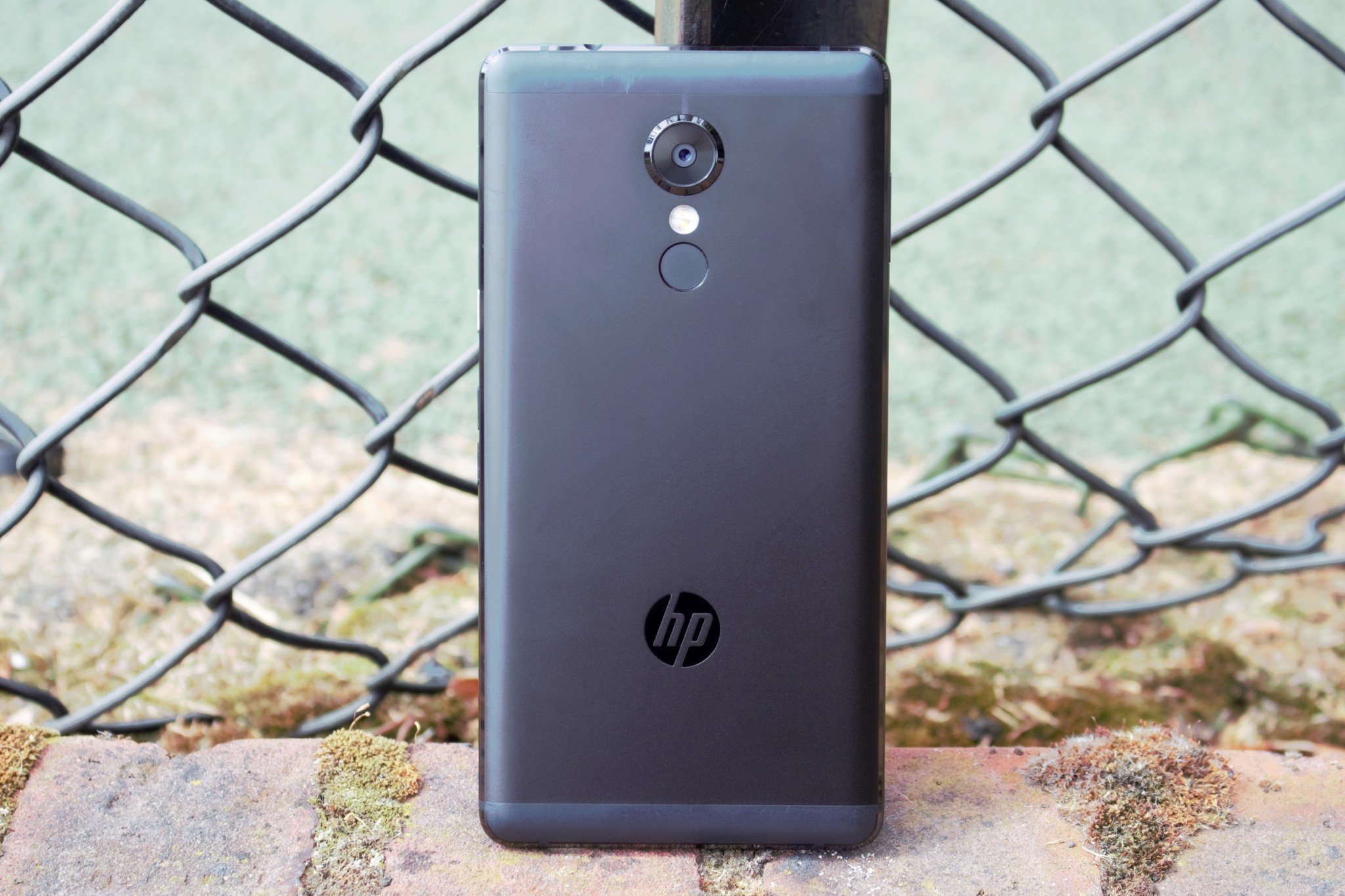
The HP Pro x3 would have been one of the more premium Windows phones when it comes to design. HP swapped out the polycarbonate body of the Elite x3 with an aluminum body, featuring a metal frame around all four sides of the device that makes it look and feel great. It's cold to the touch and is one of very few Windows phones to feature a metal chassis.
The Pro x3 feels more premium than the Elite x3 did, and that's thanks to the chassis. In addition, the metal frame is cut in a way that makes it fade a little better into the front glass, further adding to the overall quality of this design. The glass on the front spans the entire face, unlike on the Elite x3, which had a metal grill along the bottom for the front-facing speakers.
Regarding the front design, the Pro x3 features dark gray accents along the top and bottom of the display and super thin side bezels. While the device still has a relatively large "chin" and "forehead," all four bezels are much thinner than what was present on the Elite x3. Because of this, even though the Pro x3 technically has a bigger screen, the device is overall smaller in hand.
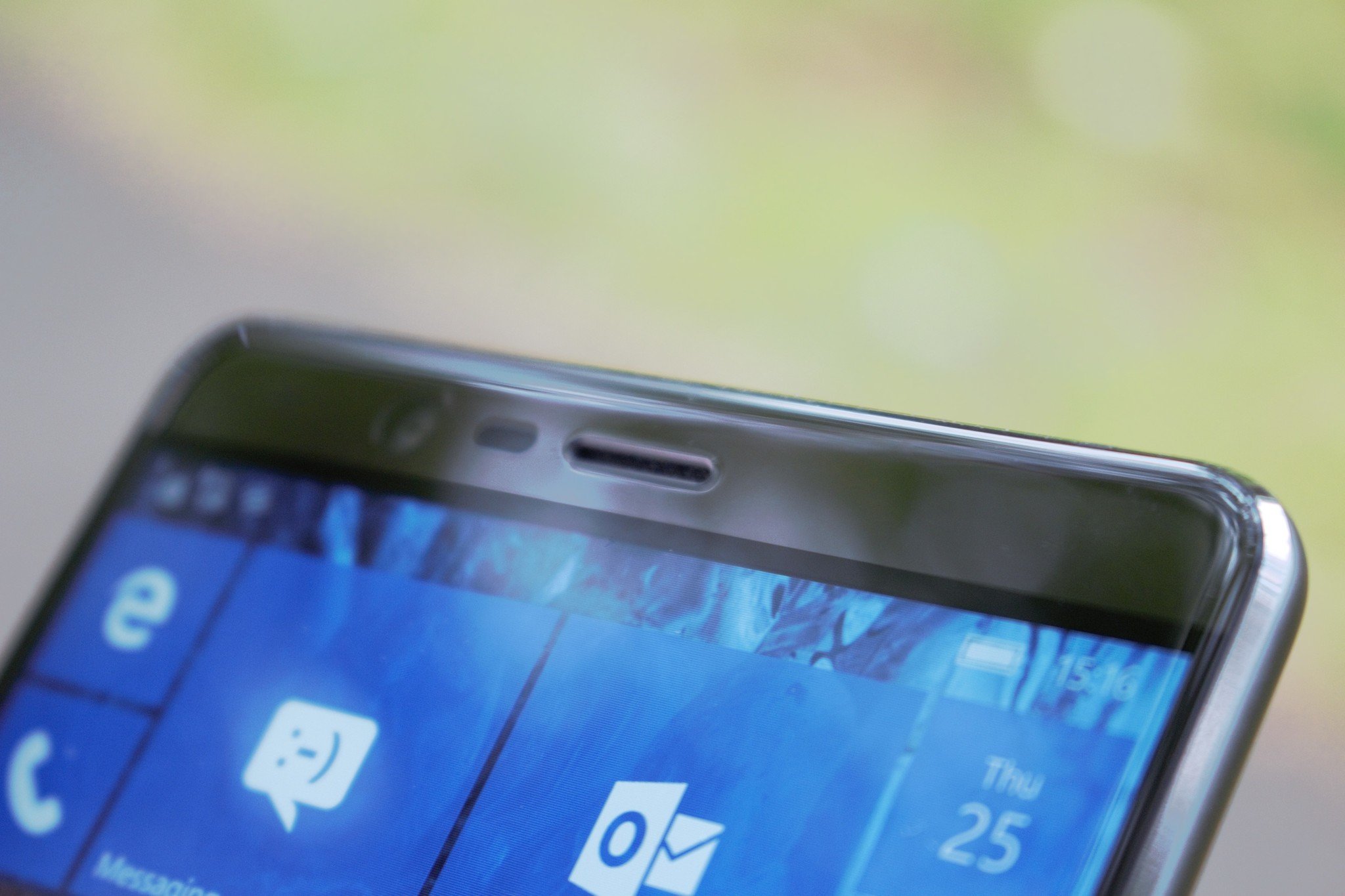
It's thinner, too. But it's also slightly heavier than the Elite x3. I think this adds to the premium feel of the device, but I know many people prefer their smartphones to feel light in the pocket. There are three buttons on the right side of the device (lock, volume up, and volume down) that are positioned in the exact same place as on the Elite x3.
Because this device was more consumer-focused and less enterprise orientated, it used the old-school rounded HP logo on the back instead of the premium stylized logo found on the Elite x3 and other premium HP products.
So what happened to the HP Pro x3?
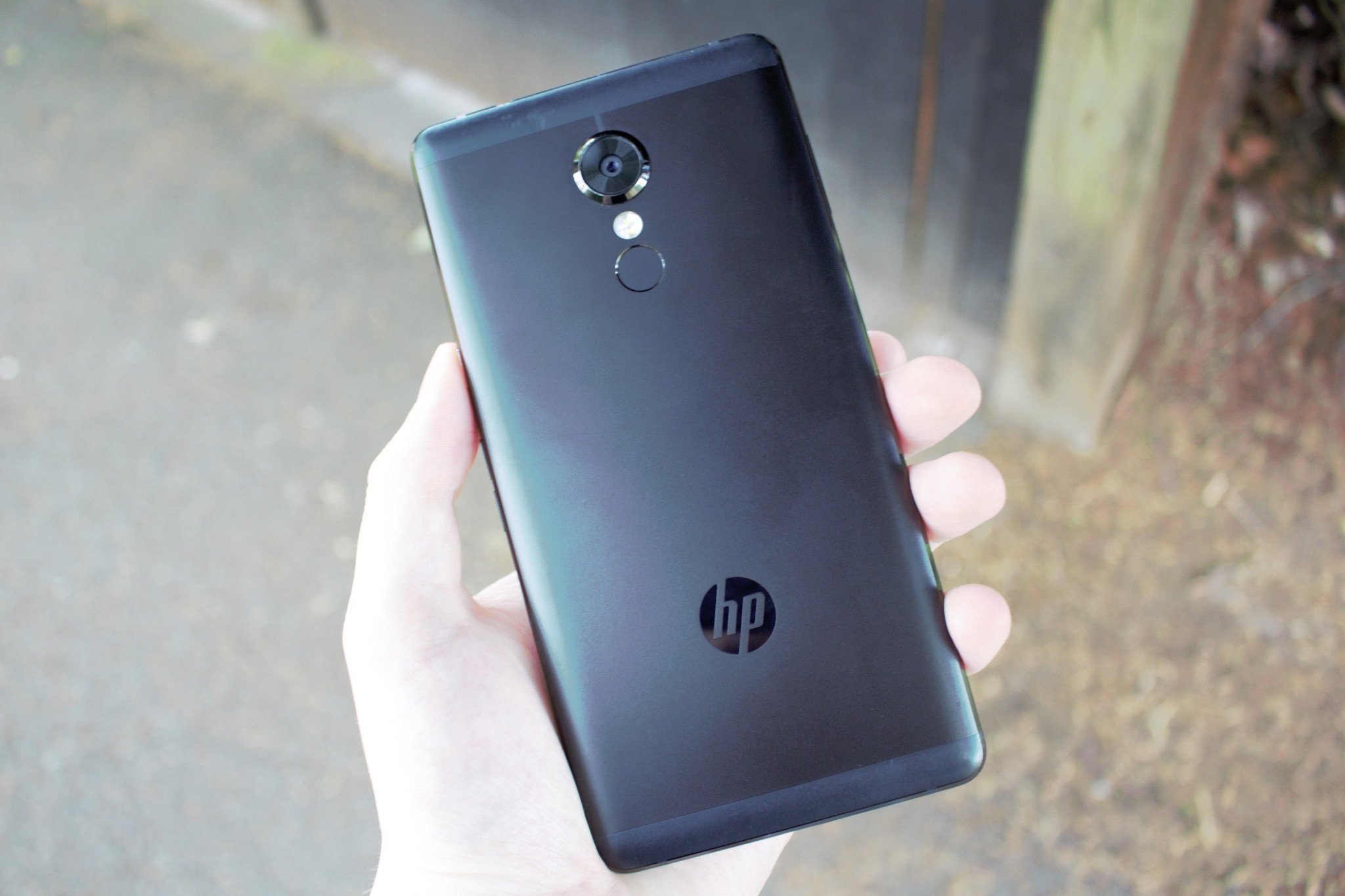
This device was briefly spotted during Mobile World Congress 2017 at HP's booth but was swiftly removed from the show floor once images got out. It's unclear how the unannounced device ended up on display, but it was obvious that it wasn't supposed to be there.
I'm told HP was planning to launch the Pro x3 around the middle of 2017, which unfortunately means the Pro x3 was the victim of poor timing. Microsoft had already made the decision internally to begin winding down development of Windows 10 Mobile after the Creators Update, which launched in March 2017.
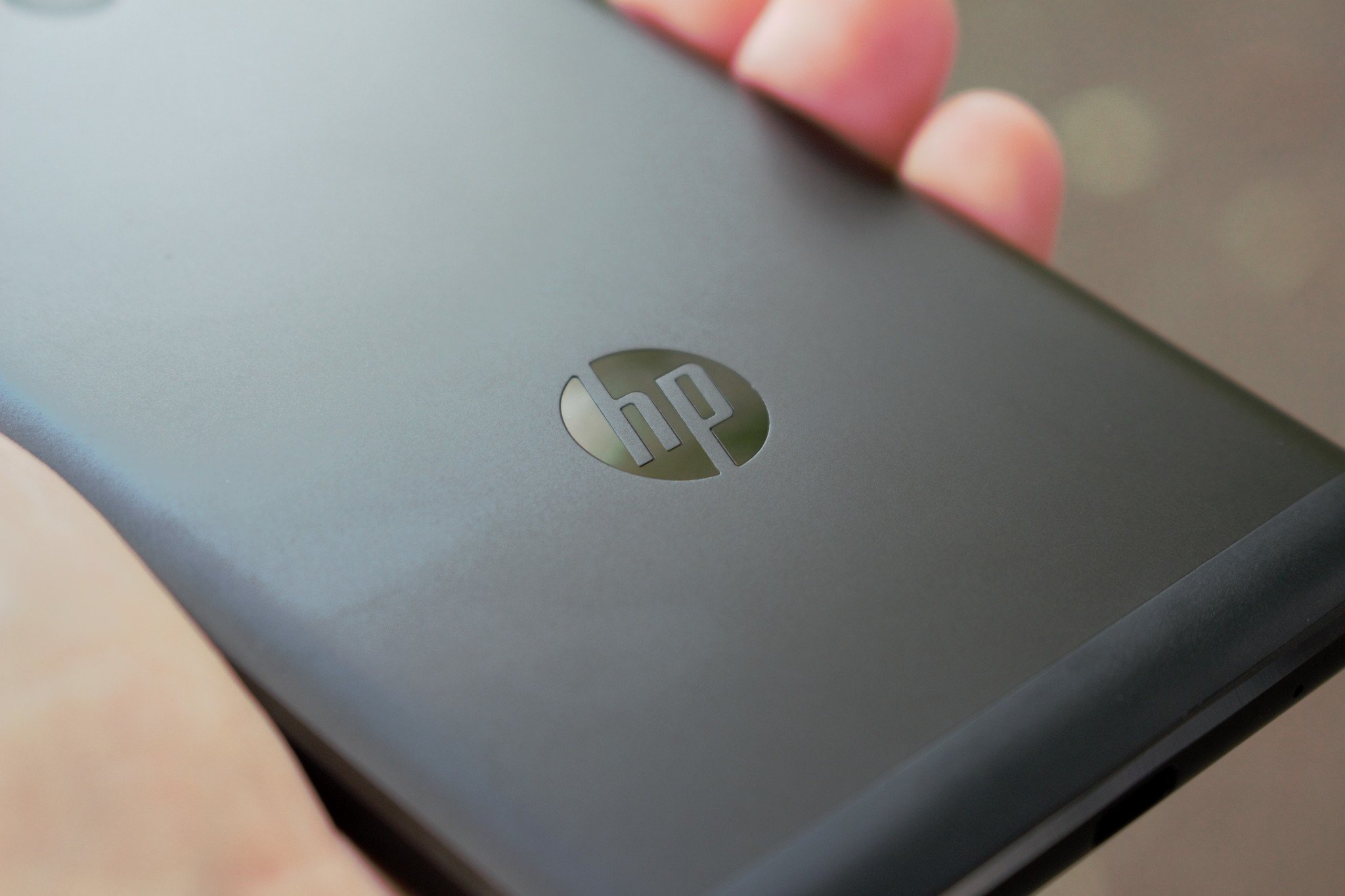
Microsoft had started communicating this with partners, and it's likely that is what killed the Pro x3. Why release a new flagship smartphone with a mobile platform that isn't going to be around for much longer? This also plays into why there were rumors that HP was working on an Android version of the Elite x3 in late 2017. HP was attempting to load Android onto the Pro x3 since Windows 10 Mobile was going away. The company soon gave up on this idea, and the Pro x3 was laid to rest.
So, in short, the reason the Pro x3 never shipped is basically on Microsoft. I'm sure other factors play into this, including market performance of the Elite x3, but the primary source for the cancellation of this device can be traced back to Windows 10 Mobile being killed off.
Final thoughts on the HP Pro x3
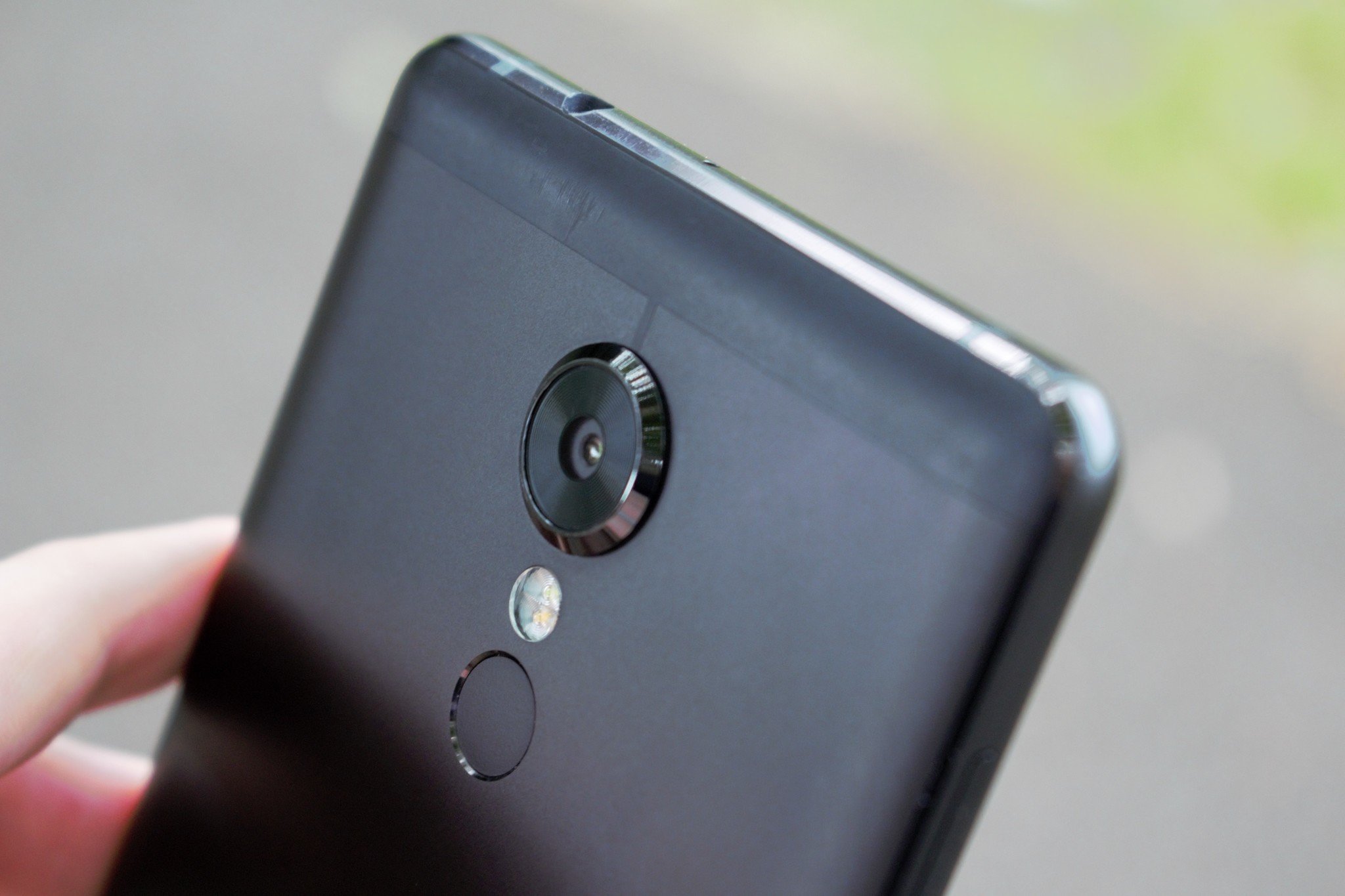
As a Windows Phone fan, I'm upset that this never shipped. It's the phone I would've been using if I had the choice between the Elite x3 and Pro x3, mainly because of the premium build quality. I really like the metal back and sides of the device, and the thinner bezels around the front. It's easier to handle and would've been cheaper.
Unfortunately, as with all great things with Windows Phone, it's dead now. It would have been interesting to see HP successfully ship the Pro x3 with Android, but I'm not sure how many consumers out there are interested in an Android smartphone from HP. Either way, the Pro x3 would have been an excellent addition to HP's Windows 10 Mobile lineup.
Pros:
- Premium build quality.
- Cheaper.
- Flagship processor.
Cons:
- Was never released.
- IPS display.
- Single down facing speaker.
Interested in other unreleased products?
We've been collecting and reviewing all kinds of unreleased devices. Check out some of our other reviews:
- Nokia McLaren Review
- Nokia Lumia 2020 Review
- Unreleased "Bezel Free" Lumia Review
- Microsoft Band 3 Review
- Microsoft Lumia 650 XL Review
Cheap PC accessories we love
Take a gander at these awesome PC accessories, all of which will enhance your Windows experience.
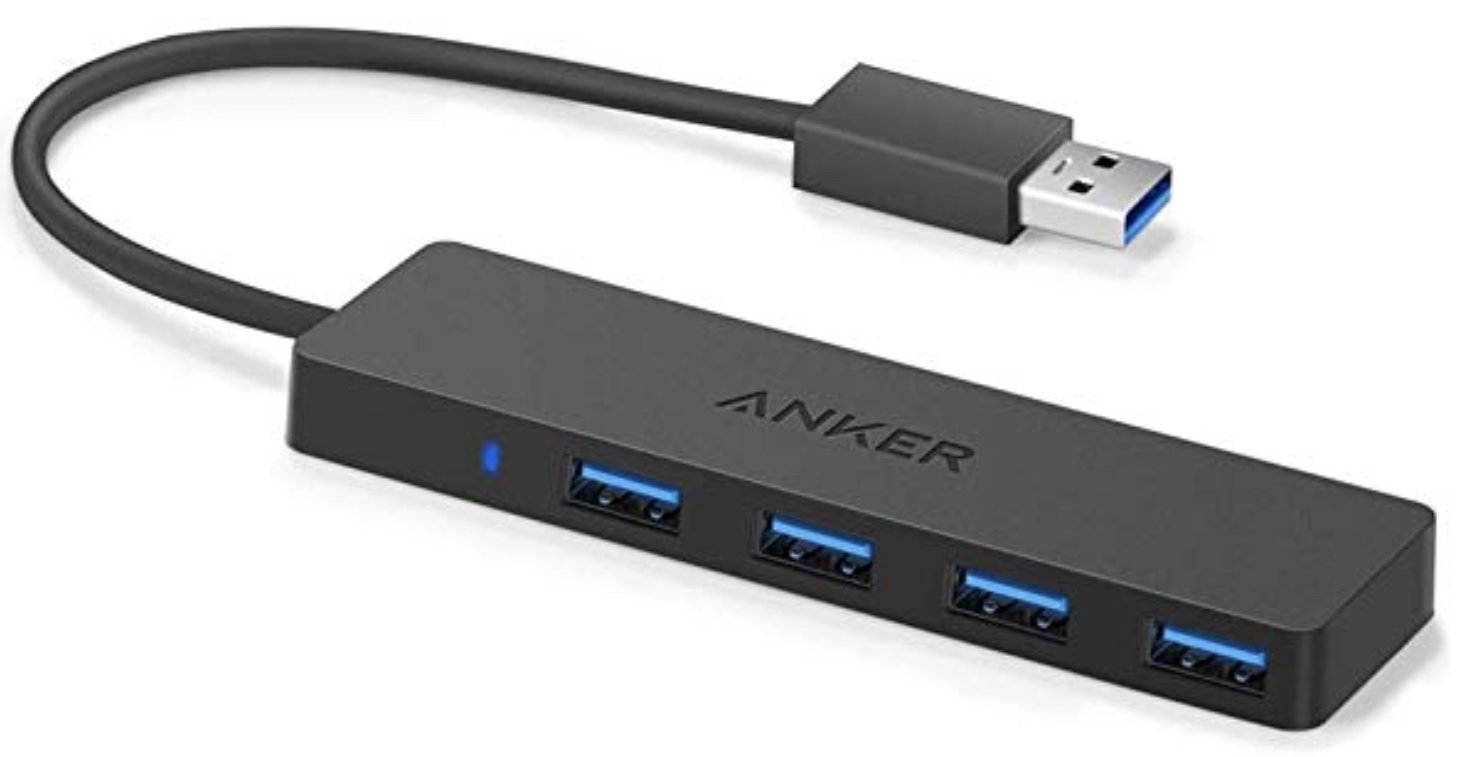
Anker 4 port USB 3.0 hub ($10 at Amazon)
Whether on a desktop or laptop PC, you always need more ports to connect things to. This hub gives you an additional four USB 3.0 Type A ports.
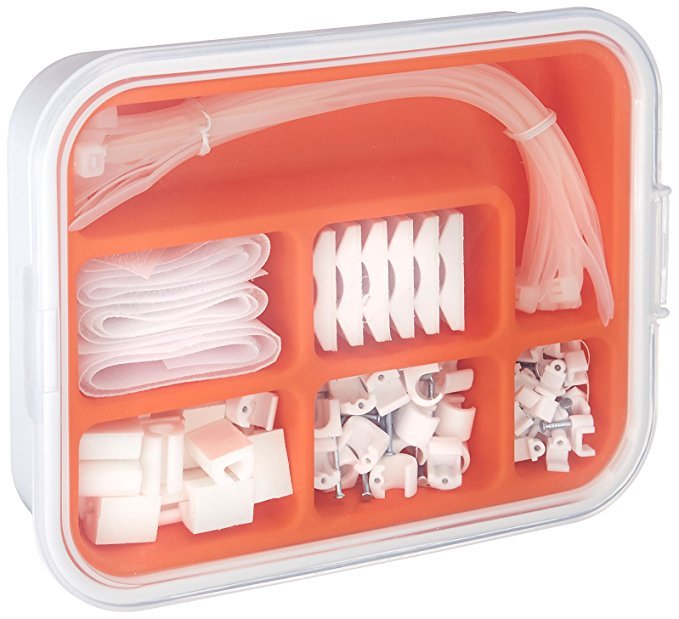
Ikea Fixa Cable Management System ($11 at Amazon)
This IKEA cable management kit is your ticket to a clean setup. It's simple and functional.
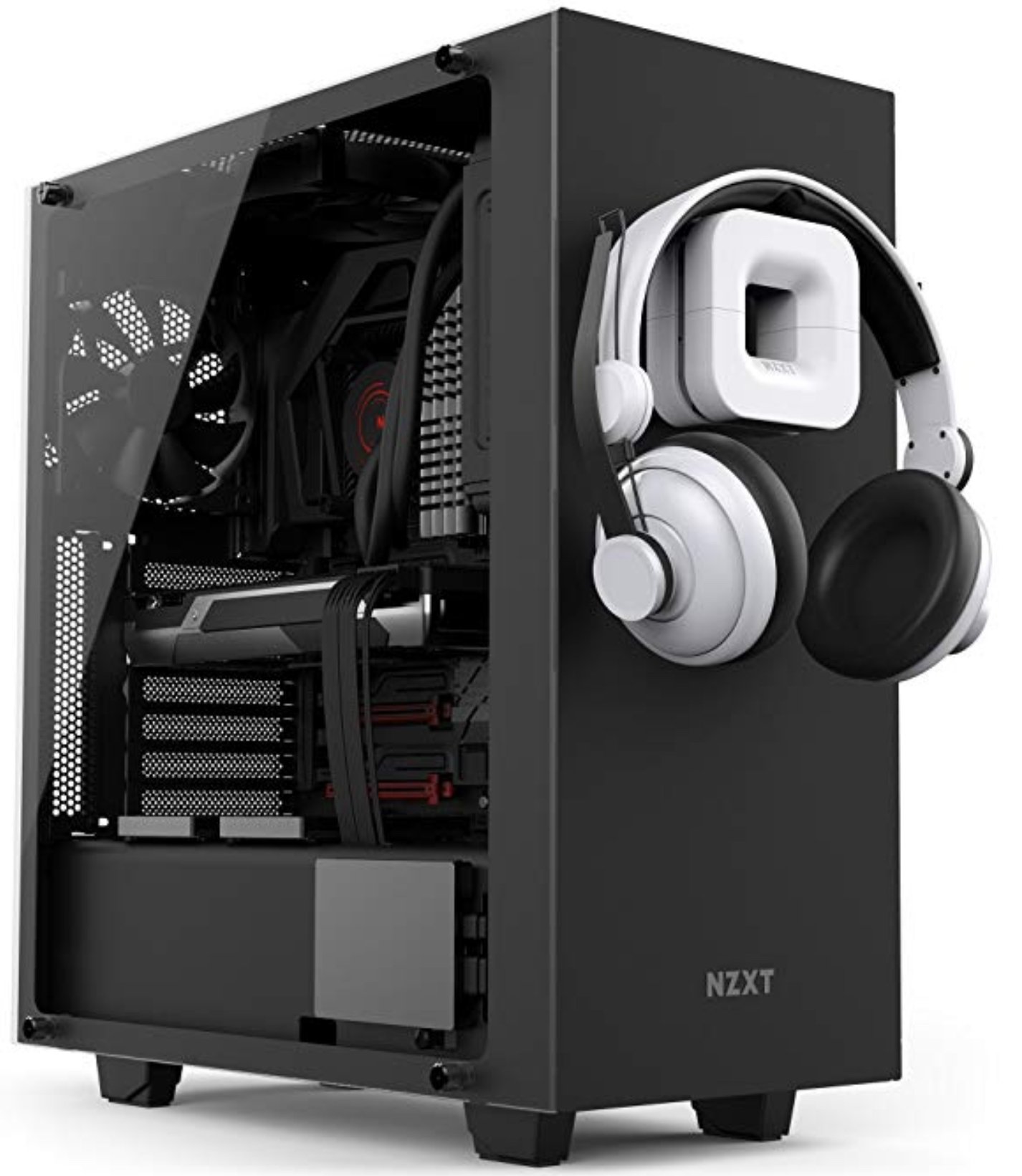
NZXT Puck ($20 at Amazon)
This clever little accessory has powerful magnets on the rear to make it stick to any of the metal panels on your PC case or anything else. It's great for hanging accessories like headsets.

